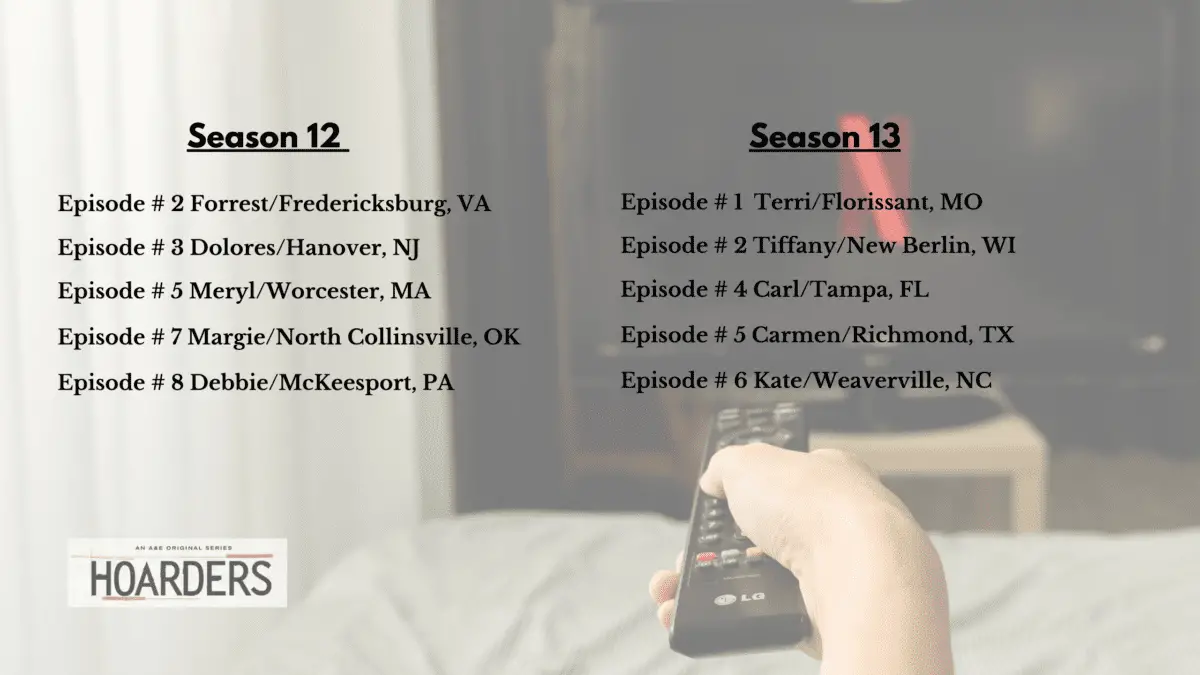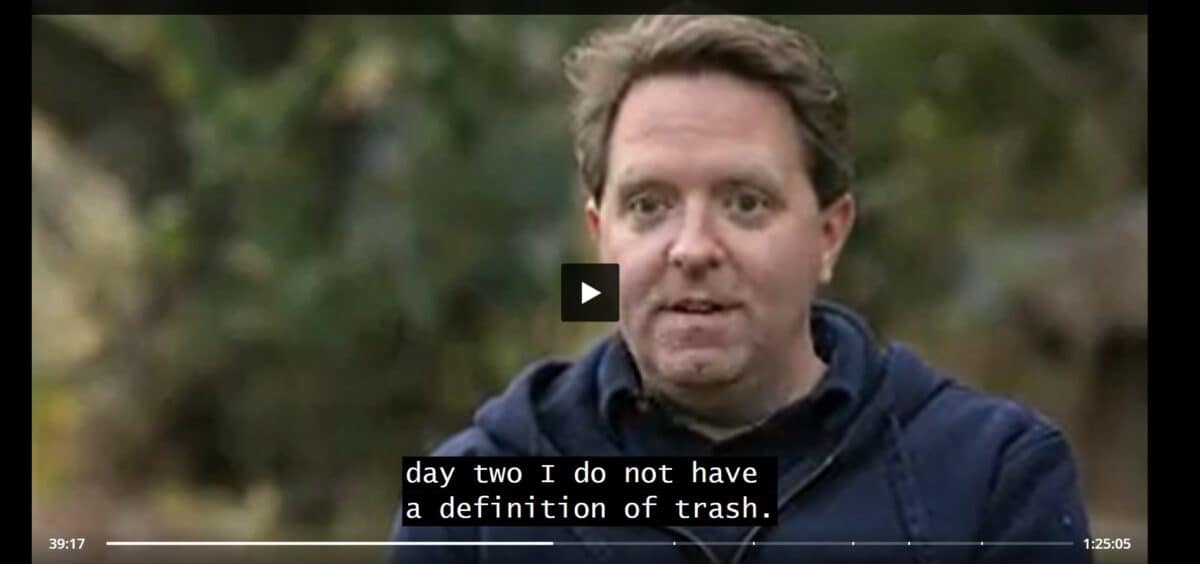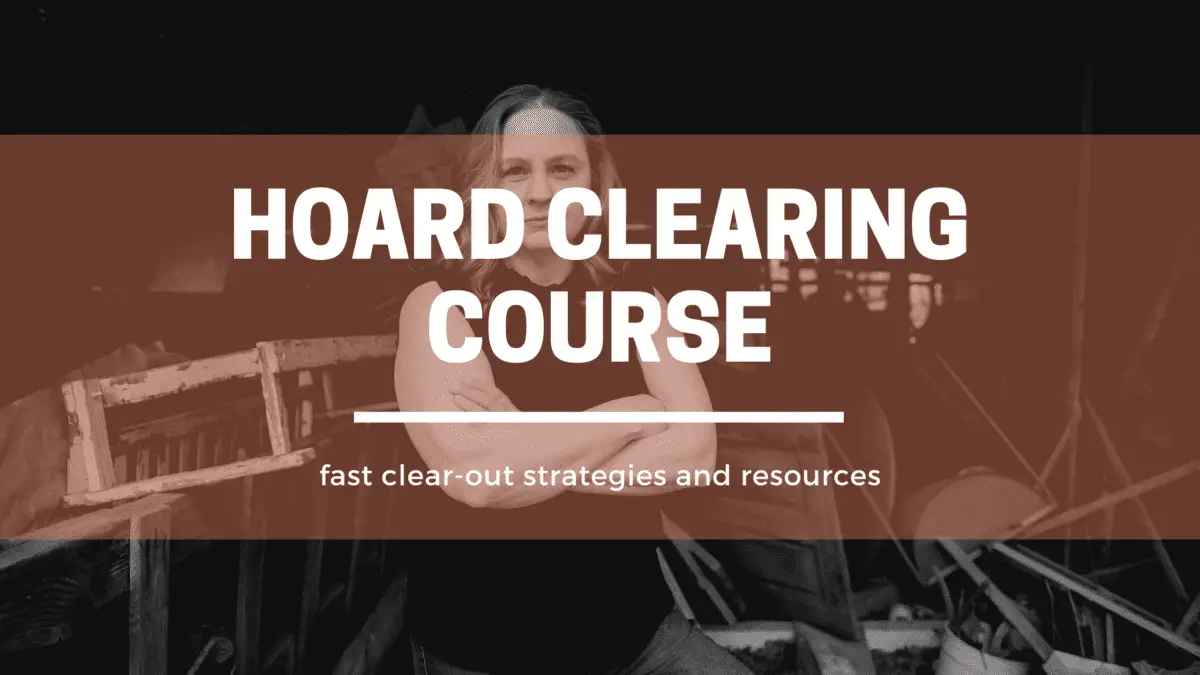Are you struggling to figure out where to begin when facing an overwhelmingly cluttered home or a hoarded room? Today, I’m excited to share my invaluable pre-plan strategies that can make all the difference in your decluttering journey. Without a solid plan, it’s easy to feel overwhelmed and discouraged, but with these techniques, you’ll be empowered to spend dedicated hours or days transforming spaces to their full potential.
Extreme Clutter and the Pre-Planning Approach
Extreme clutter clear-outs and large-scale downsizing jobs require a unique approach compared to light organizing projects like refreshing a closet. To tackle such monumental tasks successfully, I recommend three essential pre-planning steps before diving into sorting and arranging the space.

Step 1: Vision – Start with the End in Mind
The key to any successful decluttering project is having a clear vision of how you want the space to look after the transformation. Whether you’re assisting a client or organizing your own space, envisioning the end result helps you make informed decisions about what should stay and what needs to be evicted.
For instance, consider transforming a cluttered area into a new craft room. In this case, it’s essential to eliminate everyday clothes and shoes from the space, making room for crafting supplies and setting up a work table. Sticking to your vision allows you to prioritize the space’s purpose and remove items that don’t align with that vision.
Remember, during the decluttering process, focus on whether items stay or go, rather than worrying about their organization.
Step 2: Get Buy-In for a Streamlined Process
To ease overwhelm and build momentum, getting buy-in from all parties involved is critical. Pre-determinations and agreements on specific aspects of the decluttering process can make a significant difference in keeping the project on track.
Before starting a decluttering project with a client, friend, or family member, establish clear expectations by discussing questions like, “Can all stained or damaged clothing be eliminated?” or “Can expired food be tossed?” These pre-decisions streamline the process, reduce decision fatigue, and save valuable time. When everyone is on the same page, the decluttering process becomes more efficient and effective.
Insights from Hoarders: The Impact of Buy-In
On the TV show “Hoarders,” extreme cases of hoarding present unique challenges when it comes to getting buy-in from homeowners. In Season 12 Episode 7, now on Netflix, I and the rest of the team witnessed the struggle to gain buy-in from an Oklahoma couple, Margie and Bethel. The team faced difficulties in convincing Margie to part with items like clothing damaged by mice and rotting food, even though most people would consider these as throwaway items. The lack of initial buy-in from Margie posed a significant obstacle to the decluttering process and impacted the outcome.

While these are extreme cases, the importance of buy-in remains crucial in any cluttered space. Without cooperation and agreement on decluttering decisions, traditional decluttering methods may not be effective.
Step 3: Plan Your Exit Strategies
Pre-planning your exit strategies ensures that once decisions are made about items, they are handled efficiently without causing further clutter. Without clear exit strategies, you might find yourself boxed in, or items might end up mixed back together, hindering progress.
To prevent such situations, label bags and boxes with designated categories like trash/recycle/scrap, donate, and items that need decisions at a later stage. Knowing where things will go while you’re in the sorting and decision-making process prevents unnecessary revisiting of items and keeps the momentum going.
Additionally, set up staging areas to facilitate the sorting process. For instance, move donation boxes to the garage, designate a specific area in the driveway for trash pick-up, and use the guest room bed to hold items that need to find homes in other areas.

The Power of Consultation and Planning
Consultations and planning are fundamental to any successful decluttering project. Taking inspiration from “Hoarders,” where consultation and planning occur days before the actual project starts, you can apply the same strategy to your own decluttering endeavors or when helping others.
Conducting a consultation or walk-through beforehand gives you a comprehensive understanding of the space, sets clear expectations, and helps you develop a step-by-step plan. By doing so, you ensure everyone involved is aligned with the vision and goals, making the decluttering process smoother and more effective.
Take Your Skills to the Next Level: Join My Extreme Decluttering Course
If you’re eager to take your decluttering skills to the next level, I invite you to enroll in my Extreme Decluttering Course, “Tackle the Hoard.” Designed to provide practical strategies, expert guidance, and the confidence to handle even the most challenging clutter, this course equips you with invaluable tools to achieve decluttering success.

Ready to Declutter?
Now that you’ve learned the powerful pre-planning techniques to conquer extreme clutter and hoarding you are ready to tackle your next project! Still need help? Schedule a coach call with Katherine.
Happy organizing!







![Organized Living: Solutions and Inspiration for Your Home [A Home Organization Book]](https://m.media-amazon.com/images/I/41YV91X2muL._SL160_.jpg)


